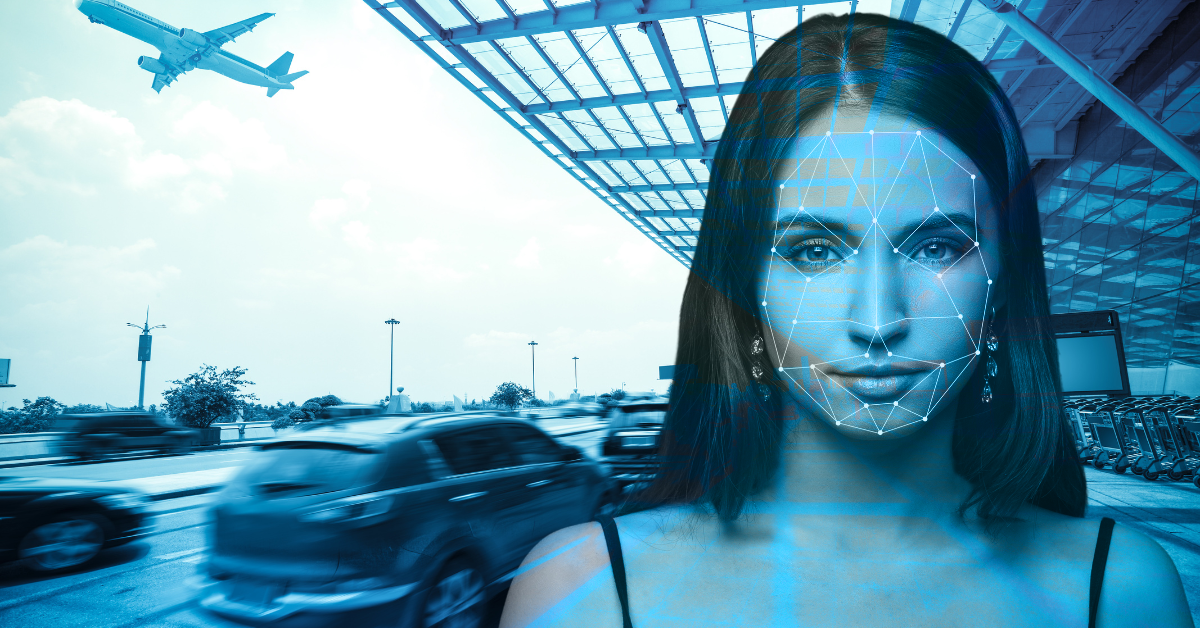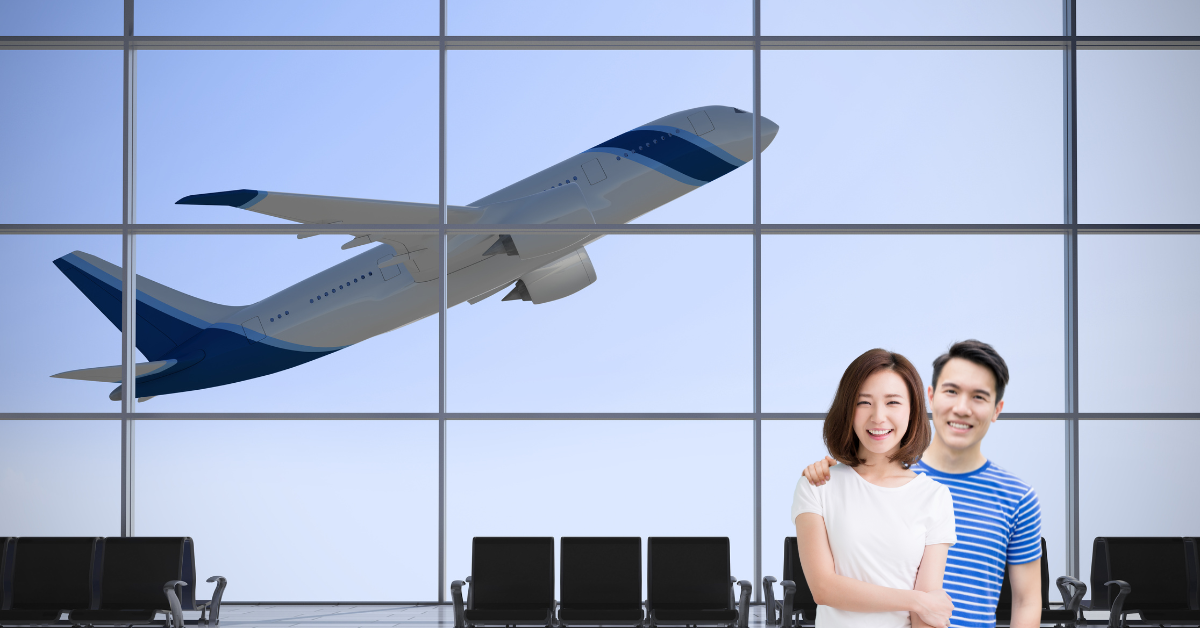Categories
Airports worldwide are increasingly adopting facial recognition technology to streamline traveler verification, making the journey from check-in to boarding faster and more secure. Facial recognition for travel is transforming the airport experience by automating identity checks, reducing wait times, and enhancing security.
However, this technology also raises concerns about privacy and fairness. This article delves into how Facial recognition for travel works, its benefits, global implementations, and the challenges it faces in 2025.

Facial recognition for travel simplifies identity verification by using biometric technology to match a traveler’s face to a pre-existing photo. At the airport, a traveler approaches a kiosk or gate equipped with a camera, which maps a live image of their face. This image is compared to a photo from a government database—such as a passport or visa—using advanced matching algorithms.
The process takes just a few seconds, allowing travelers to move through checkpoints without presenting physical documents. For example, at security, a traveler inserts their ID into a machine, looks into the camera, and the system verifies their identity by matching the live map to the ID photo, enabling a seamless transition to the next step.
Note: The matching process isn’t matching physical photos but algorithmically generated maps that have been encrypted for security.
Facial recognition for travel offers several advantages for both airports and passengers, making it a promising solution for modern air travel.
Verification takes seconds, reducing wait times at check-in, security, and boarding—some airports report processing travelers in under 8 seconds.
By automating identity checks, the technology helps detect fraudulent IDs, ensuring only authorized individuals pass through checkpoints.
Travelers can move from curb to gate using their face as their ID, eliminating the need to fumble with documents at multiple touchpoints.
The technology can handle high volumes of passengers, making it ideal for busy airports during peak travel seasons.
Facial recognition technology is reshaping airport operations worldwide, streamlining traveler verification processes. From the US to Japan, Facial recognition for travel is being adopted to enhance efficiency and security at various scales.
In the US, Facial recognition for travel is now in use at over 80 airports as of 2025, with plans to expand to over 400 in the coming years. The Transportation Security Administration (TSA) employs this technology at security checkpoints, while U.S. Customs and Border Protection (CBP) uses it for international arrivals and departures.
At major hubs like Atlanta and Los Angeles, travelers can rely on Facial recognition for travel to check in, drop bags, and board flights, often without presenting a physical ID. The TSA ensures participation is voluntary, with clear signage allowing travelers to opt for a manual ID check if preferred.
Japan has emerged as a leader in Facial recognition travel, particularly at Narita Airport, where the technology has been in place since 2021. Narita’s “One ID” system allows passengers to register their face at check-in and use it for all subsequent steps—baggage drop, security, and boarding—without needing documents.
This has significantly reduced congestion, enabling smoother passenger flow, especially for international flights where identity verification often causes delays. Japan’s emphasis on automation reflects its broader commitment to contactless processes, making Facial recognition for travel a cornerstone of its airport efficiency initiatives.

Beyond the US and Japan, Facial recognition for travel is gaining traction in other regions. In India, airports like Rajiv Gandhi International have implemented this technology to accelerate passenger processing, reducing bottlenecks at key checkpoints. South Africa is also preparing to adopt Facial recognition for travel by 2026, with Lanseria Airport already using a simplified version for domestic flights.
These global efforts underscore how the technology is becoming a standard for enhancing air travel efficiency, though its adoption varies depending on local infrastructure and regulatory environments.
While Facial recognition for travel offers clear benefits, it’s not without challenges. Privacy advocates worry about the potential for data misuse, especially since non-US citizens’ photos may be retained in databases for decades, raising questions about surveillance. Studies have also shown that facial recognition algorithms can misidentify certain demographics at higher rates, potentially leading to unfair treatment.
For example, research indicates that Black individuals may be misidentified more frequently, which could result in delays or wrongful scrutiny at checkpoints. Additionally, some travelers report difficulty opting out, despite assurances from agencies like the TSA, leading to concerns about transparency and consent.
Facial recognition for travel is revolutionizing airport verification in 2025, offering faster, more secure processes for travelers worldwide. From the US to Japan, its ability to reduce wait times and enhance security is undeniable, but challenges like privacy risks and algorithmic bias must be addressed.
As this technology continues to expand, airports must prioritize transparency, equitable performance, and robust data protections to ensure it serves all travelers fairly, balancing the promise of efficiency with the need for trust.